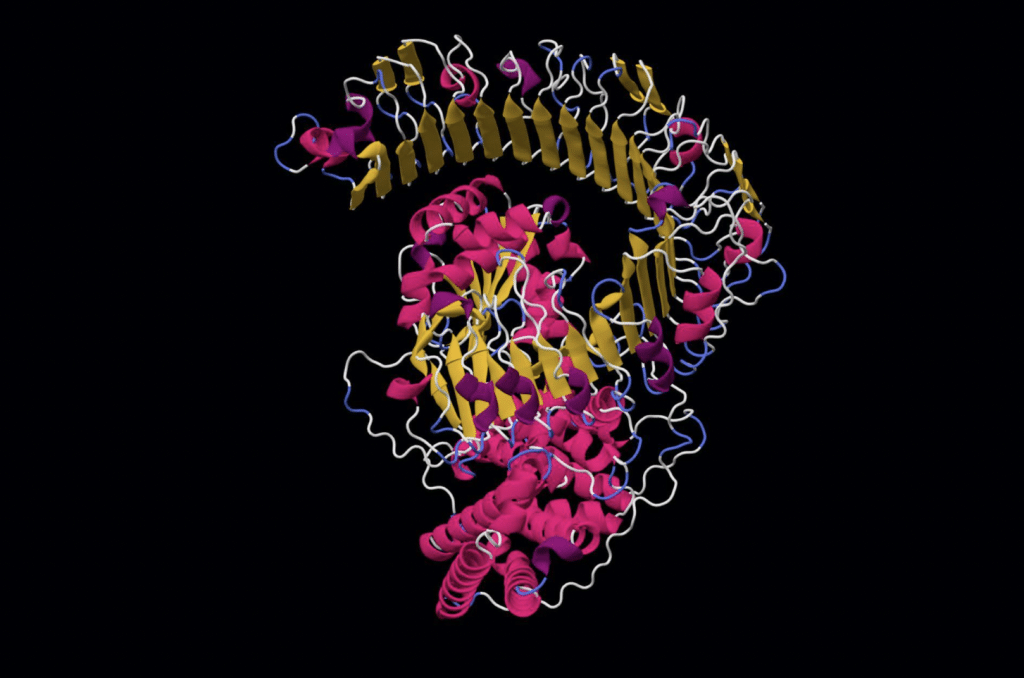Over the past decades, the process of developing therapeutic peptides has seen vast changes due to more experimentation and scientific studies. Peptide bonds have been created and enhanced using biological and chemical methods. The race of peptide drug discovery has led to the production and transformation of different kinds of amino acid chains.
As a result of these new analytical systems and technologies, the trends of peptide drug discovery have rapidly shifted. This has facilitated the labs and clinics to buy peptides to advance their clinical trials.
The History Of Peptide Discovery
From the beginning of the 20th century, numerous discoveries have been made on bioactive peptides. Some of the most impactful discoveries have been for insulin and ACTH or the adrenocorticotropic hormone. Insulin contains 51 amino acids, which became one of the biggest scientific breakthroughs in the race for drug discovery as it became the first commercially available peptide drug that continues to be in high demand.
However, the high market demand proved challenging, resulting in animal derivatives like porcine and bovine insulin dominating the market during the 90s.
This was until one of the milestone developments in the field of biotechnology through the invention of recombinant insulin. This resulted in the development of technology involved in protein purification, synthesis, structure explication and sequencing.
Peptide Development In The 21st Century
Peptide development trends in the 21st century are seeing rapid advancements in the realm of structural biology, synthetic technologies, recombinant biotechnology and analytics processes.
This has resulted in intricate and sophisticated systems and practices of drug development, which involve discovery, design, synthesizing, structural modification, and evaluation of the peptide’s activity and impact.
For reference, this includes 33 drugs that are not insulin to be approved and made available worldwide to different labs, pharmaceuticals and research facilities. The sales of the top non-insulin peptides in 2019 were:
- Dulaglutide, which is of the drug class incretin mimetics
- Liraglutide, another incretin mimetic
- Semaglutide which is a drug class of peptides similar to glucagon
- Octreotide, which is a class of octapeptides containing 8 amino acid links
- Glatiramer, which is a class of immunomodulators
Advantages Of Peptides In Pharmaceuticals
There are numerous pharmaceutical characteristics of peptides that make them useful for testing and medicinal or therapeutic purposes:
- Peptides are effective neurotransmitter hormones and form good coordinate bonds as ligands.
- They are small molecules that have high membrane penetrability.
- Their small size makes them competitive in price due to the low cost of production.
- Peptide drugs, on the other hand, have larger molecular sizes, which act as effective inhibitors to proton pump inhibitors or PPI.
- Peptides are safer and easier to administer, making them highly efficient in medicinal usage.
Summing up
Over the past few decades, peptide discovery has come a long way, from using natural hormones to attempting to find more stabilized peptide sequences that could act as hormone-mimetic drugs. If you’re a part of the race for peptide drug testing and development, making room for more is always the safer bet. Check out Lotilabs for the easiest and most seamless supply of peptides for your research needs.

